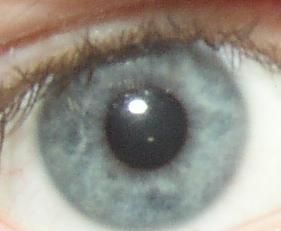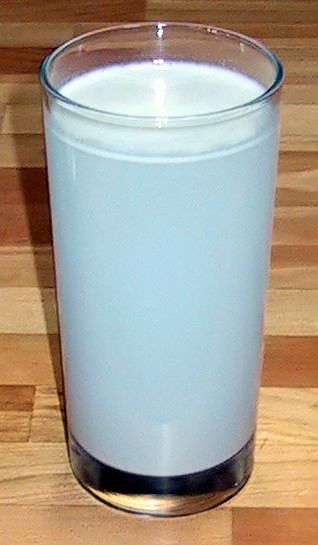The blue haze in 60's stadiums caused by cigarette smoke: an illustration of the Tyndall effect / Rayleigh scattering (Peta Pixel).

Picture when smoking was still allowed in the stadiums (taken with a Hasselblad):

Recent picture, with clean air:

https://petapixel.com/2015/10/15/why-old-sports-photos-often-have-a-blue-haze/
HN discussion https://news.ycombinator.com/item?id=10683217
Tyndall effect (similar to Rayleigh scattering)
The Tyndall effect, also known as Tyndall scattering, is light scattering by particles in a colloid or else particles in a very fine suspension. It is named after the 19th-century physicist John Tyndall. It is similar to Rayleigh scattering, in that the intensity of the scattered light depends on the fourth power of the frequency, so blue light is scattered much more strongly than red light. An example in everyday life is the blue colour sometimes seen in the smoke emitted by motorcycles, in particular two-stroke machines where the burnt engine oil provides the particles.
Examples of the Tyndall effect
In opalescent glass

In blue eyes

In water with flour

source https://en.wikipedia.org/wiki/Tyndall_effect
and relevant XKCD ;)

"Feynman recounted another good one upperclassmen would use on freshmen physics students: When you look at words in a mirror, how come they're reversed left to right but not top to bottom? What's special about the horizontal axis?"
